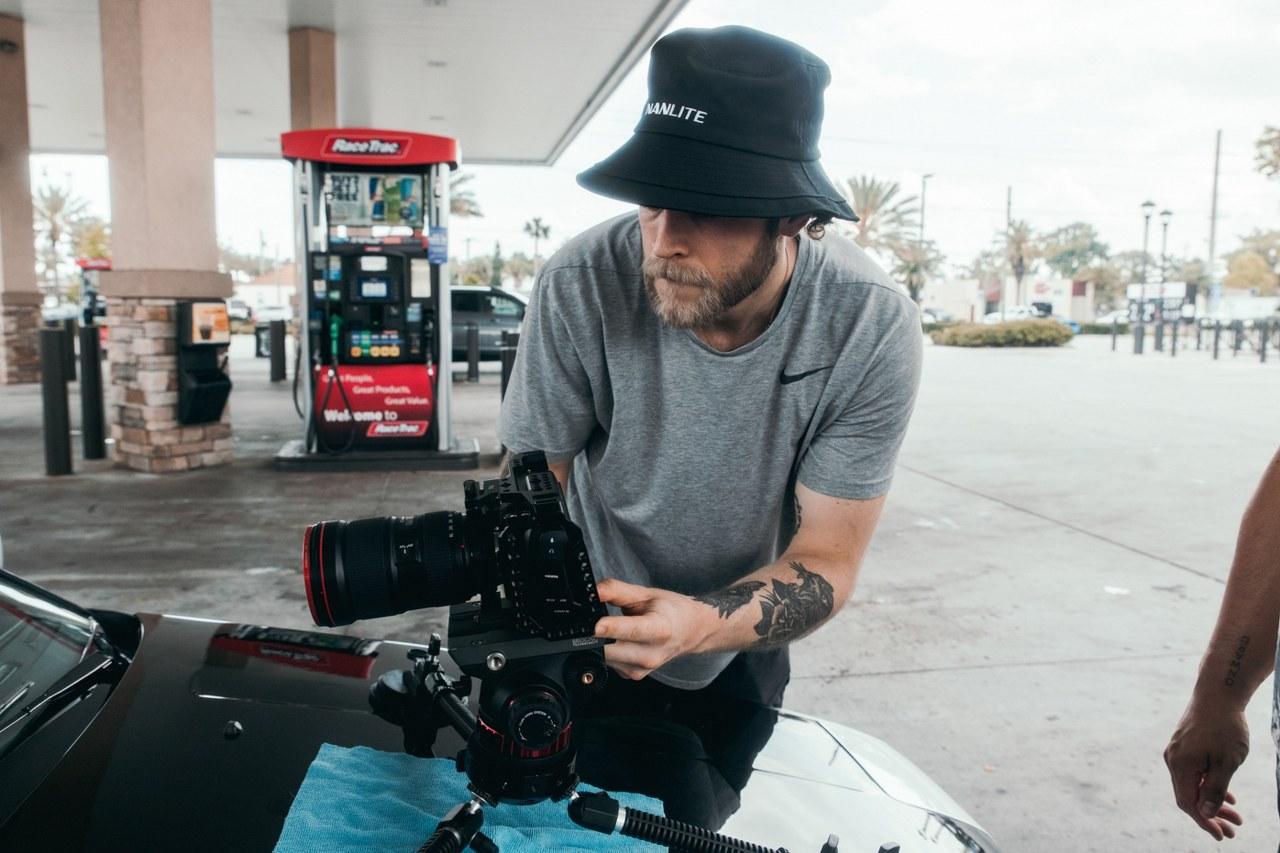Most people may not be aware of who a Key Grip is, but there’s so much importance behind the job.
If you are looking at getting that cool and cinematic shot for your film… then yeap, you need a key grip on the job!
What Is A Key Grip?
When talking about film/ video production, a key grip is basically a supervisor crew role where whoever is in charge has a task over a number of camera and lighting-related activities.
Depending on the size and budget of the production, this person oversees the grip department, camera & support equipment positioning at the same time works with the gaffer and the DOP.

Grip definition
Usually, people tend to use this term interchangeably to refer to the grip department or the crew member of the grip department.
This is a technical team responsible for a production’s cameras and the support equipment which elevates film equipment.
Their two key responsibilities on a film set are to provide support to the camera department and to set up lighting rigs for the lighting technicians.
Grip Vs. Gaffer
These two roles can sometimes be confusing. Even though they both work on the lighting in a particular set, these titles mean something totally different.
The gaffer is the head electrician in a film crew. Their job is to make sure the lighting levels are in accordance with what the scene requires. Even though the grip plays a role in the lighting of a film, they mainly handle the mechanical aspect of it like setting up large frames to block the sun.
In simple terms, a Gaffer touches and messes with the lighting while the Grip doesn’t, their job is to make sure the lights are hanging somewhere strategic and safe.
What Does A Key Grip Do?
Key Grips start working straight from the Pre-production stage. Some of their responsibilities include:
-
Participating in camera meetings where they share their ideas on how to improve the shot list and storyboard.
-
Sketching out rigging ideas for a production they are part of.
-
Executing tasks from the cinematographer according to a project’s lighting and camera requirements.
-
Ensuring that the filmmaking process of a project they are working on runs smoothly by anticipating possible problems beforehand.
-
Taking charge of the safety and welfare of members of the grip department.
-
The hiring of the grip department crew.
-
Working closely with the DP and location scouts to determine the necessary equipment for production.
-
Selecting, acquiring, and handling all support gear.
Qualities of a Good Key Grip
Along with an extensive experience with a couple of technical skills, a key grip should also possess the following qualities:
-
Think on their feet – One thing for sure, Directors and DPs on film sets usually throw in last-minute requests and suggestions. As a key grip, you should be able to be in a position to execute these changes
-
Excellent communication skills – The key grip is a supervisor crew role, meaning right from the pre-production stage, you as a key grip will be interacting with other crew members and should be able to communicate your ideas clearly.
-
Possess technical knowledge – To succeed as a key grip you’ll need to have experience and knowledge of almost all the production equipment because in most cases you’ll have to handle them.
-
Physical Fitness – As a grip, most of your work involves lifting and carrying equipment, and since most filmmaking equipments are heavy you’ll have to be physically fit to perform your duties as a key grip.
Key Grip Salary
Getting the exact figure that a key grip earns within a given year can be very difficult because, in the film industry, different factors influence what a person can make.
Some of these factors include your level of experience, the budget & type of production you’re working on, and lastly whether you’re part of a union.
With all these considerations a key grip will approximately earn an annual range of $41,000 to $131,000.
Conclusion
Becoming a better filmmaker means understanding the roles that all the crew members play in a production.
Now that you know who is a key grip, what they do, the qualities they must possess and their annual salary, You’re now one step towards becoming a better filmmaker.
If you find this post helpful be sure to check my other articles here.


